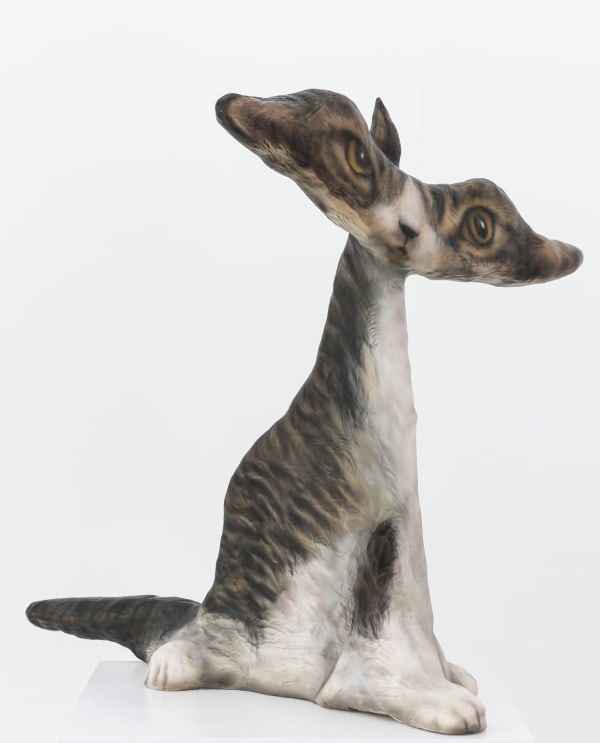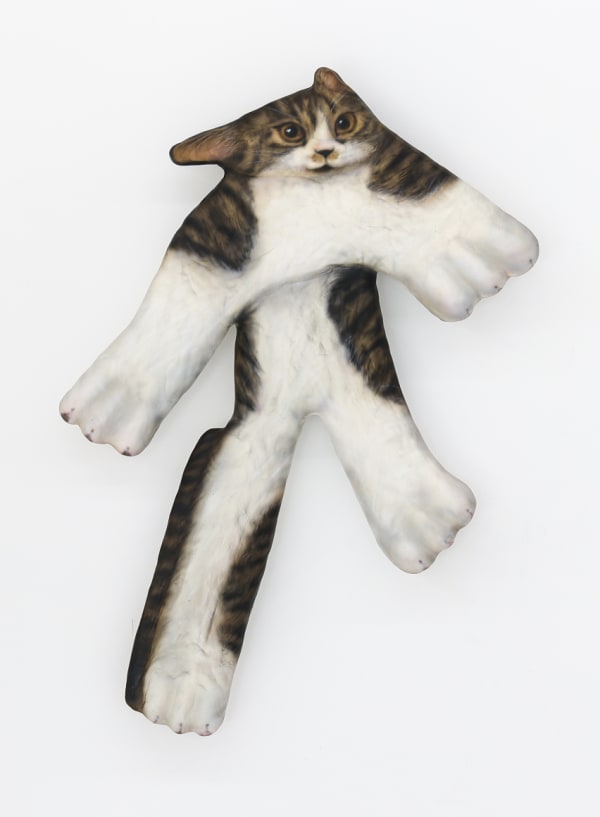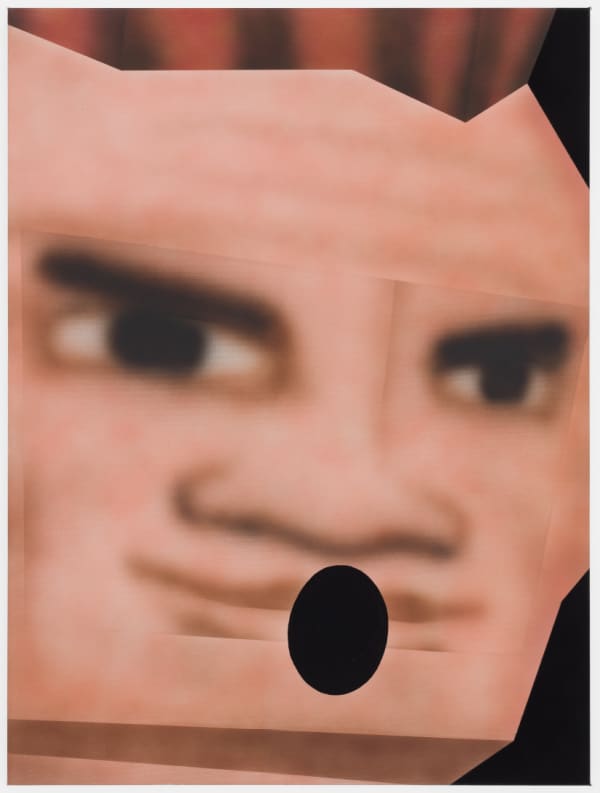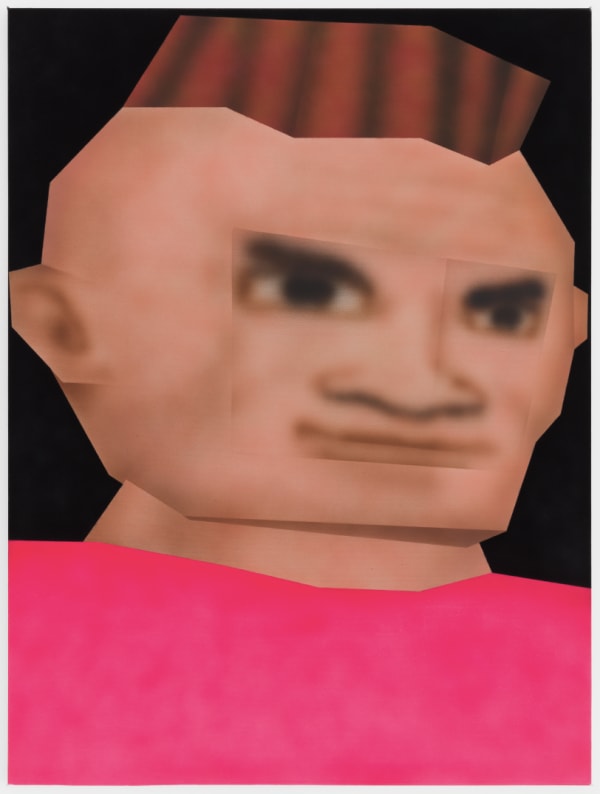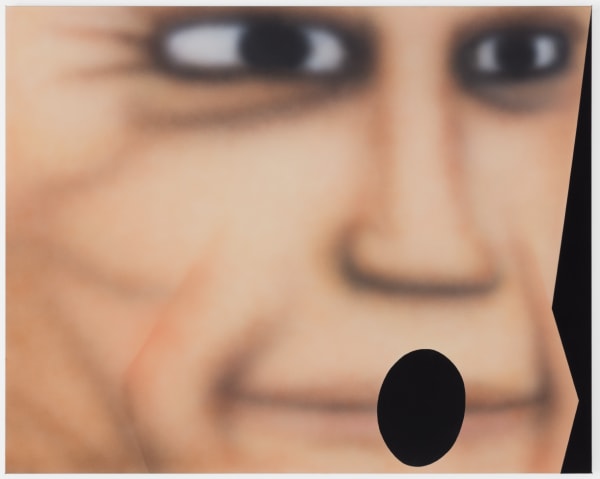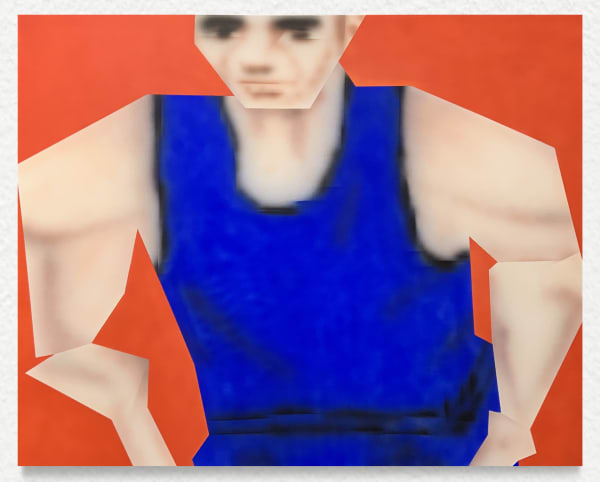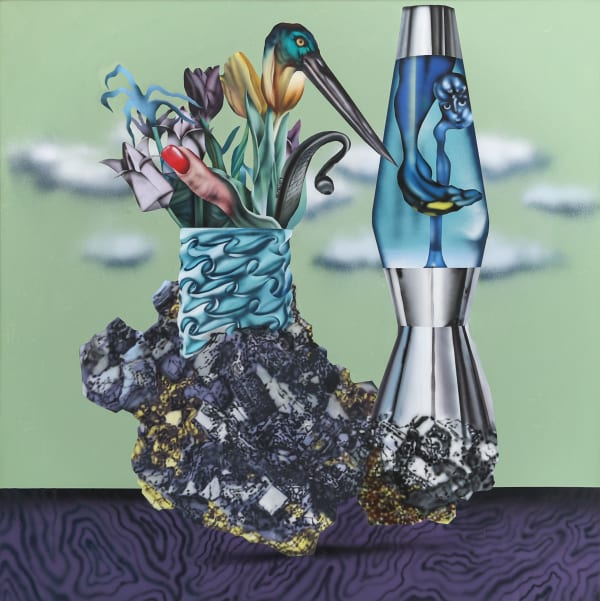The title for Everyday Gallery's latest group exhibition Newtro is a tribute to a recent trend in Korean design, pop culture and fashion. In the past decade, Korean pop culture has crafted a unique style that is characterized as newtro (뉴트로): based off of vintage clothing or design trends, these trends are then reworked into something new, combining the best of new and retro trends.
It is perhaps no surprise that newtro emerges in a world where the world wide web has saturated our imagination with an endless supply of images from both the past and the present. It makes perfect sense to mix these and create a new style. It might also allow us to ask new questions, and even to think critically about the way that our digital past is slowly catching up on us. The artists featured in Everyday Gallery's new exhibition rely on retro elements from our digital past to query what the internet has done to our sense of self, our understanding of images, and our habits of interacting with one another.
Today, we communicate through impersonal tokens, like emoticons and memes, we use avatars or online personae to engage with other people over the net, and we conduct a good deal of our work in an oblique way through online communication platforms. So what can the new still be in such a world? Can there still be a sense of identity that goes beyond the seeming neutrality of the internet? And what happens to the early days of the internet, to its utopian aspirations and the initial ideas of finding freedom and solace on the net? In Newtro, three artists who grew up when the internet was already an ubiquitous medium query internet aesthetics from its early days until today.
Gao Hang, Ahn Tae Won and Botond Keresztesi mix elements from the early days of the internet with more recent developments. Bringing them together they create something that feels both new and, somehow, retro. In short, these artists explore what one might tentatively call the newtro.
Botond Keresztesi (1987) was born in Romania and lives and works in Budapest. He has had work featured in group- and solo shows in Switzerland, Germany, France and Belgium and participated in Everyday Gallery’s show Limbo in the fall of 2020. In Newtro Keresztesi showcases some of his recent works that mix the aesthetics of late 1980s and early 1990s sci-fi futuristic films, and the supple and fluid aesthetics that is more befitting of today’s internet meme culture. By bringing these together, Keresztesi creates a universe that feels both old and new; a universe that is as much reminiscent of robocop as it is of Giorgio de Chirico or post-digital meme culture.
Born in China and currently residing in Houston, Texas, Gao Hang (1991) harks back to the early days of online avatars, when images were still crudely pixelated and the suggestion of three-dimensionality frequently warped the image into something that vaguely resembles a form of internet cubism. Hang’s aesthetics will be familiar to everyone who ever spent some time on early online worlds like Second Life. The shortcomings that these virtual environments had, with bodies being warped and represented in an unrealistic way, are taken by Hang as a starting point for a unique digital aesthetics. This is almost an archeology of early virtual worlds, but always one that retains a sense of humor. It is this sense of humor that, combined with its subtle use of perspective and composition, that allow as Hang to develop a unique and clearly identifiable style that keeps the neutral at bay.
The Korean artist Ahn Tae Won works with a similar aesthetics but introduces clearly recognizable elements from contemporary meme culture in his work: a cat. In meme culture, cats seem to play a unique role. Ahn Tae Won however gives his own twist to this internet phenomenon, on an aesthetic level as well as in regard to its lead character: Won’s personal cat becomes the protagonist in the virtual story.
Memes are two-dimensional images that rely the ease of digital reproduction in order to circulate on the web, Won’s works are unique and three-dimensional. The fact that memes are suddenly unique sculptures already creates a strange effect forcing us to rethink the effervescent nature of memes, but Won takes this a step further. In turning two-dimensional images into three-dimensional catlike sculptures, Won retains some of the features of the meme. But the cats look contorted and the dimensions and angles are seldomly correct. In short they look warped. This leads to a unique sensation: are we online or offline? Is this new or retro? And does that matter any longer?
Text by Bram Ieven


